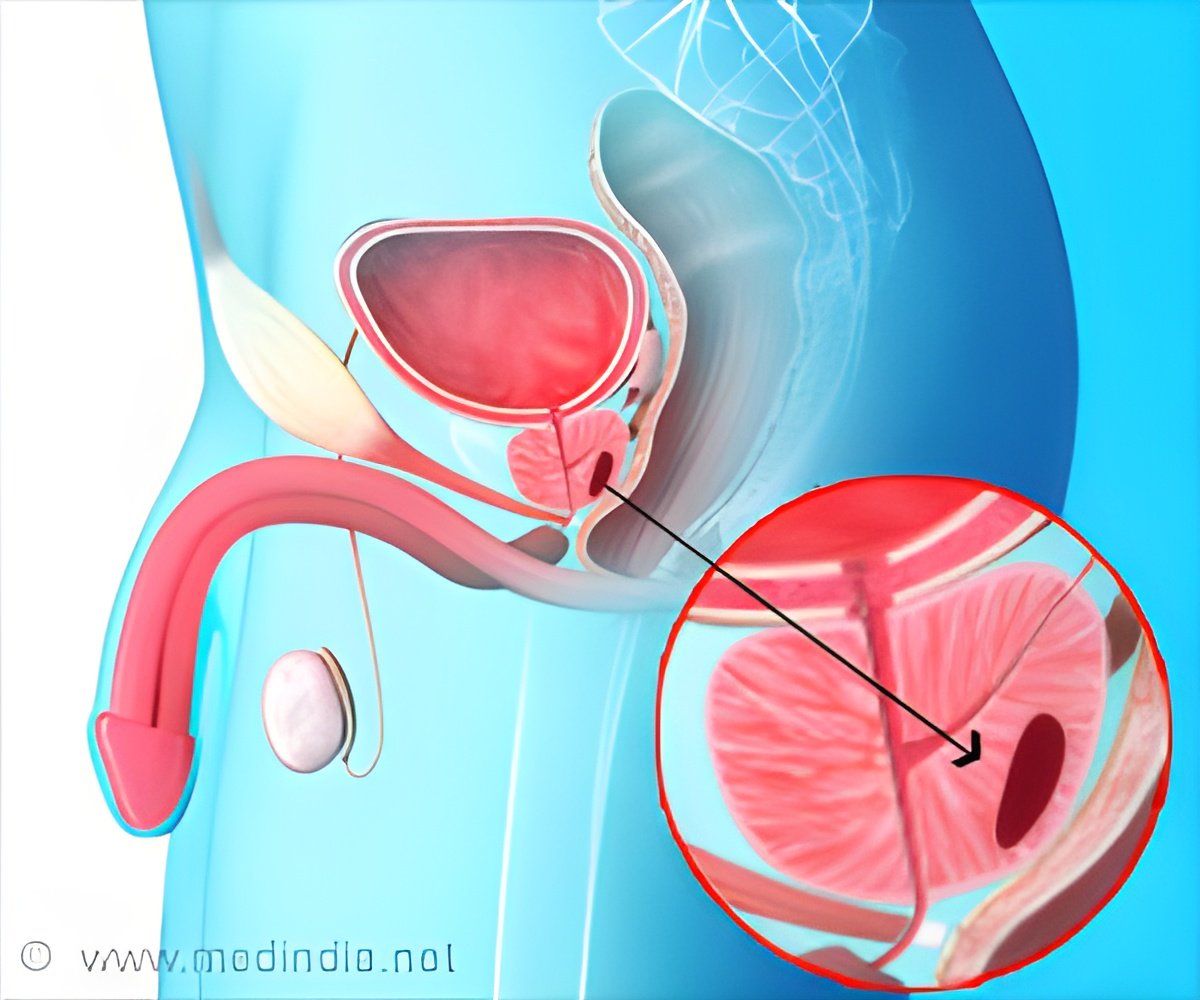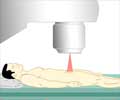Men with central adiposity (concentration of body fat around the belly and waist) are more likely to die of prostate cancer, reveals a new study.

The disease affects one in six men during their lifetime, causing more than a quarter of all new male cancer cases and almost 12,000 deaths every year in the UK. There is some evidence that suggests a relationship between adiposity (amount of body fat) and the likelihood of dying from prostate cancer, but more research was needed to confirm this association and determine whether it is not just the amount, but also the distribution of fat within the body that has an impact on risk.
The study, conducted by Dr. Aurora Perez-Cornago and colleagues at the Cancer Epidemiology Unit, Nuffield Department of Population Health, University of Oxford, UK and funded by Cancer Research UK, aimed to understand how both total adiposity and the distribution of fat in the body relate to fatal prostate cancer.
The team selected 218,225 men who were voluntary participants in the UK Biobank study (500,000 volunteers age 40-69 years recruited between 2006 and 2010) who were free from cancer at the baseline date. Their health was followed for 10.8 years using data from health administrative databases, and details of body mass index (BMI), total body fat percentage (measured using bioimpedance), waist circumference, and waist-to-hip ratio were collected when each volunteer was recruited. Complex statistical analyses that accounted for medical history, and socioeconomic and lifestyle factors were used to estimate links between the risk of dying from prostate cancer and these measures of adiposity.
During the follow-up period, 571 men died from prostate cancer. The researchers discovered that while there was no clear association of BMI or total fat percentage with risk, there was a positive link between measures of central adiposity and risk of prostate cancer death. Those in the top 25% for waist circumference were 35% more likely to die of prostate cancer than men in the bottom 25%, while those in the top 25% for waist-to-hip ratio were 34% more likely to die than men in the bottom 25%.
Dr. Perez-Cornago concludes: "We found a significant association between concentration of body fat around the belly and waist and the risk of prostate cancer death, but no clear association between total body fat and risk of prostate cancer death. However, a larger number of cases in this study, together with studies in other populations, are needed to confirm these findings."
Advertisement
"Future work will examine associations between adiposity and aggressive types of prostate cancer, including advanced-stage and high-grade disease."
Advertisement








![Prostate Specific Antigen [PSA] Prostate Specific Antigen [PSA]](https://www.medindia.net/images/common/patientinfo/120_100/prostate-specific-antigen.jpg)






